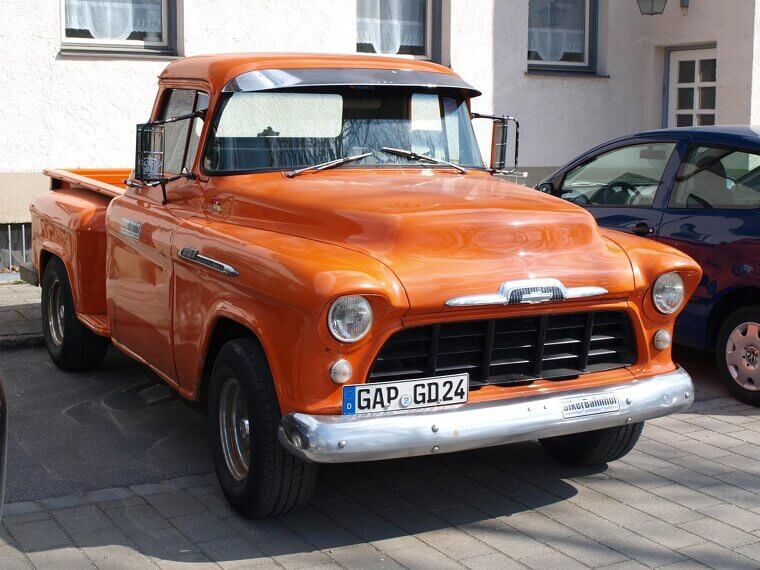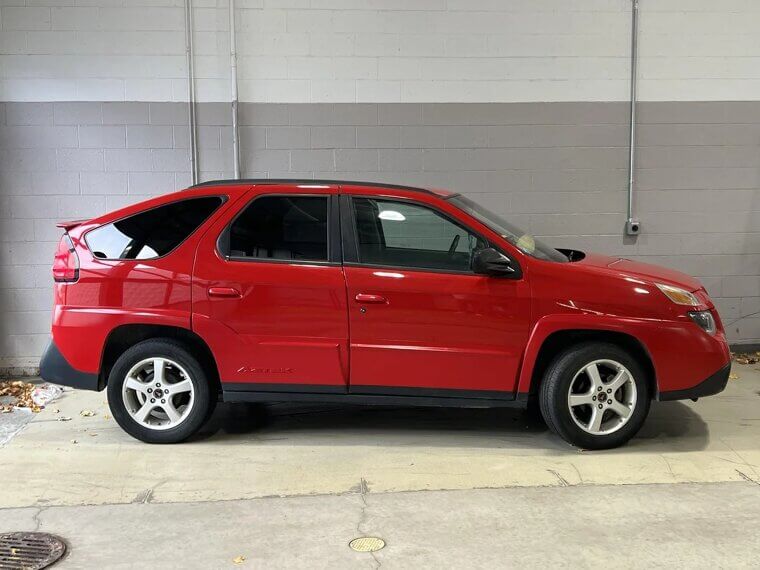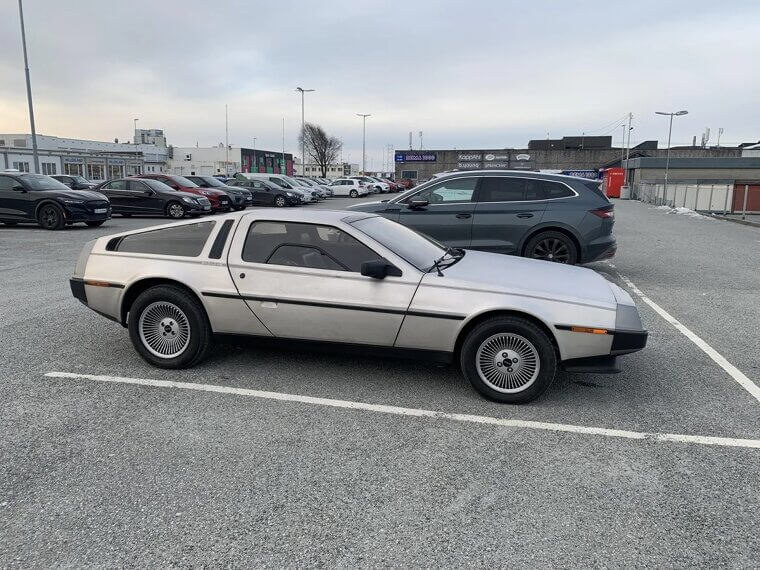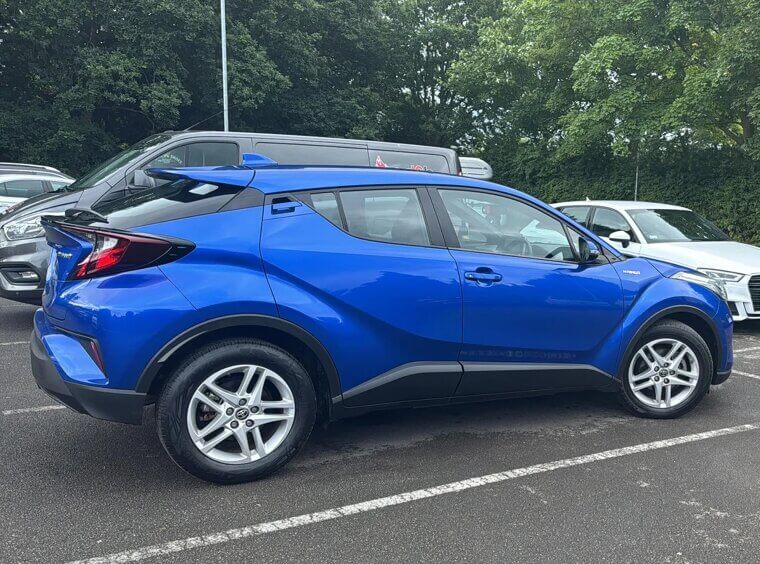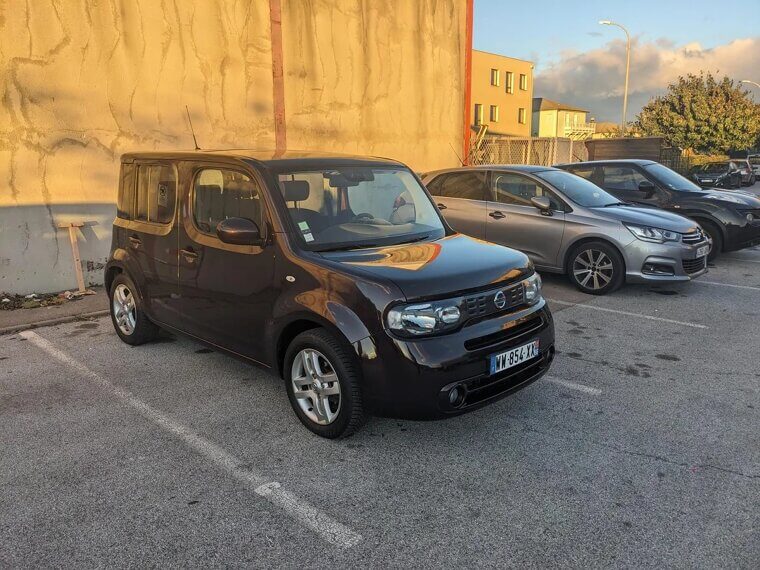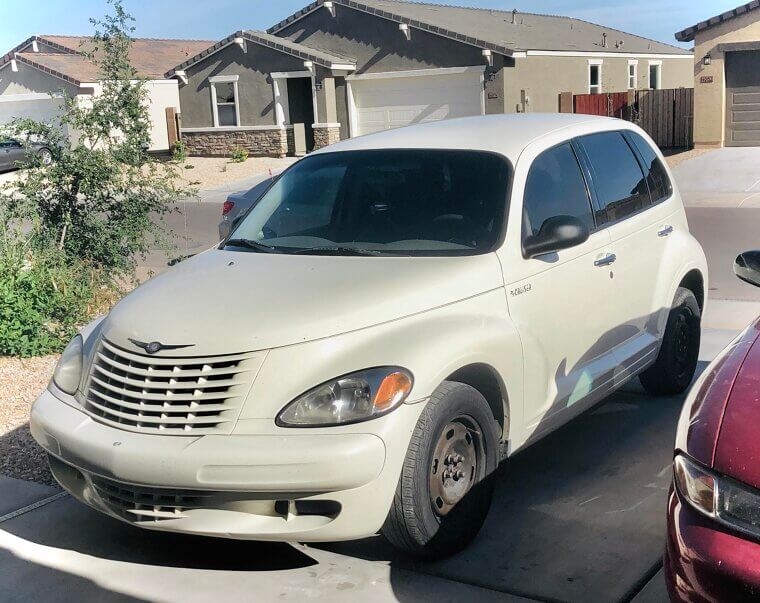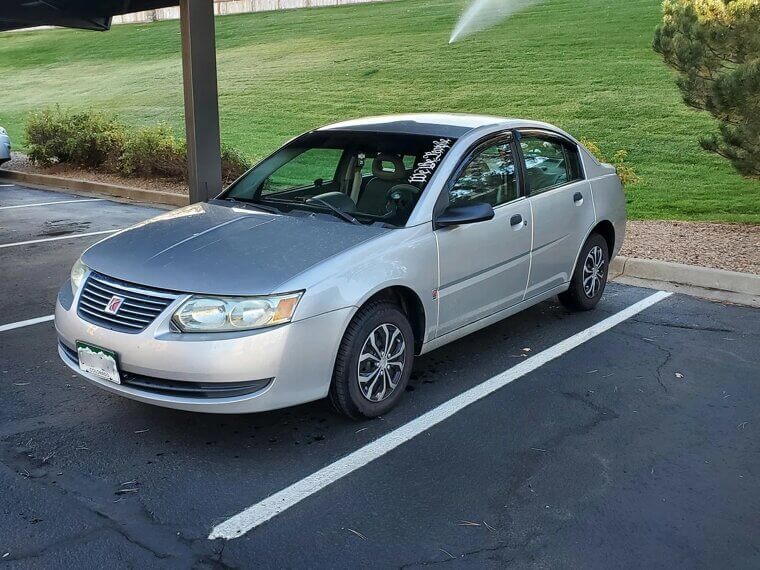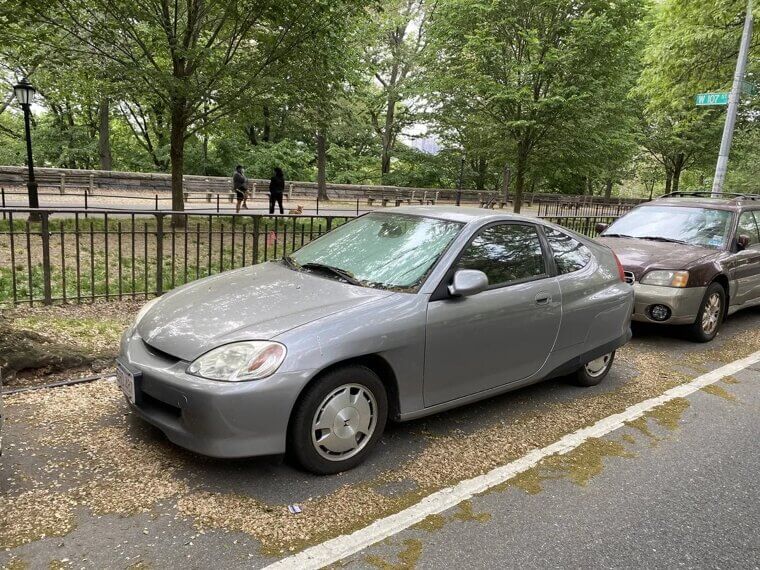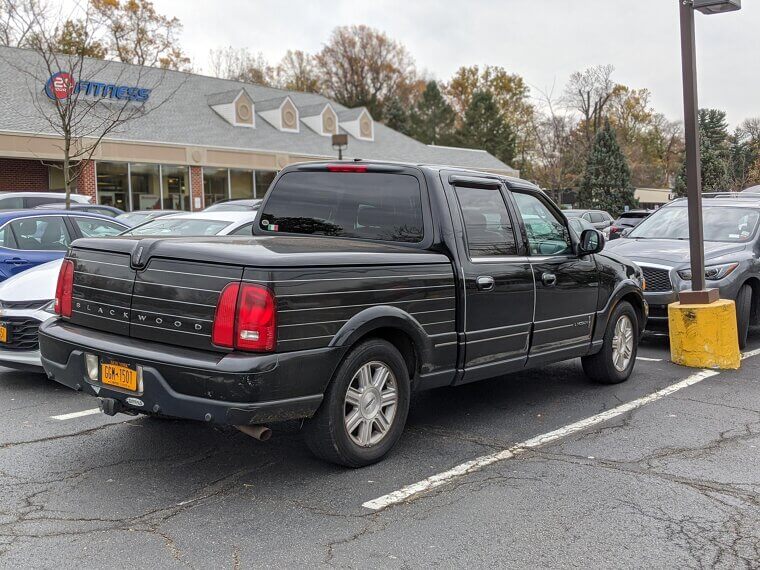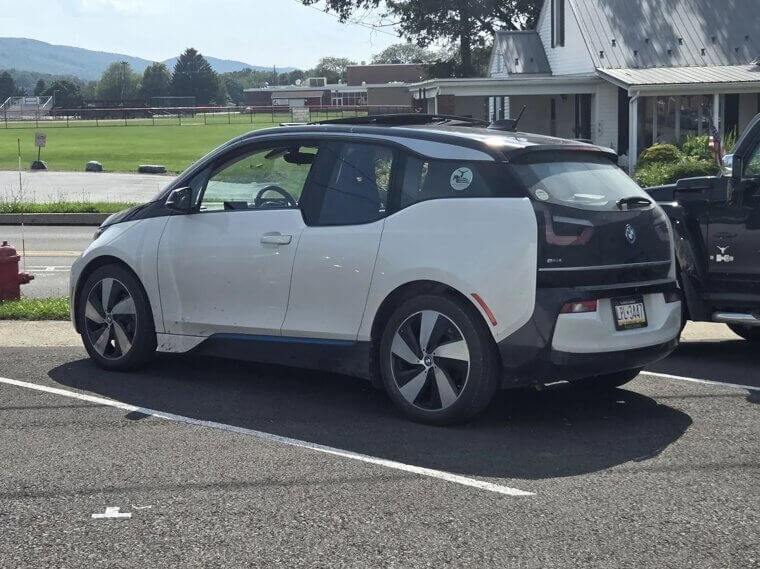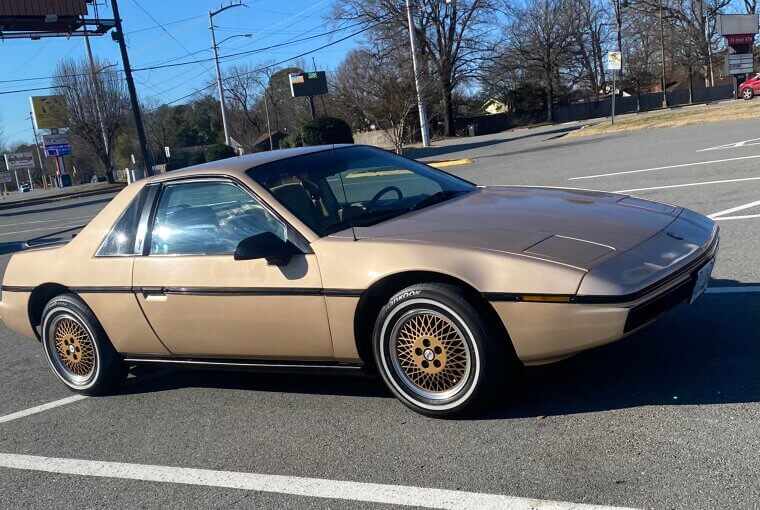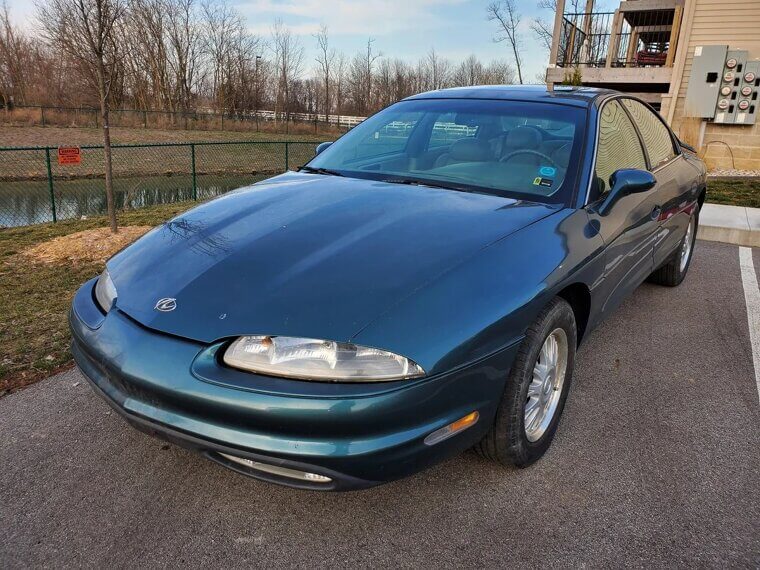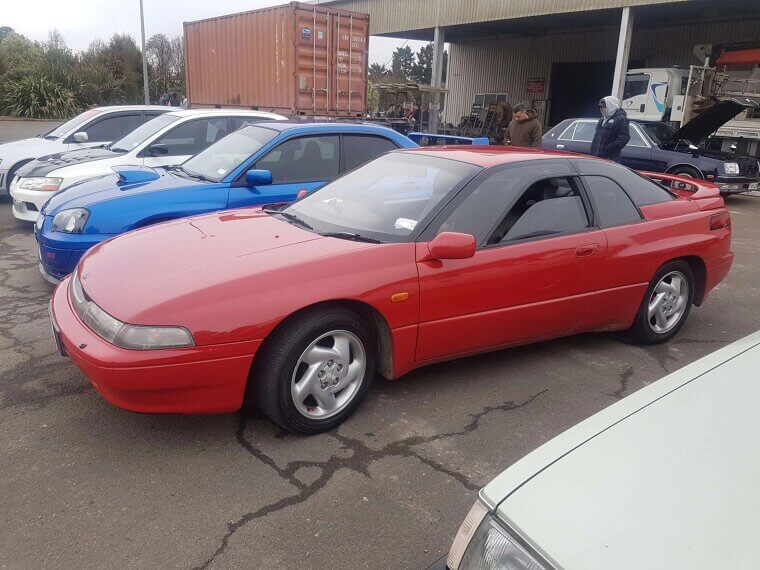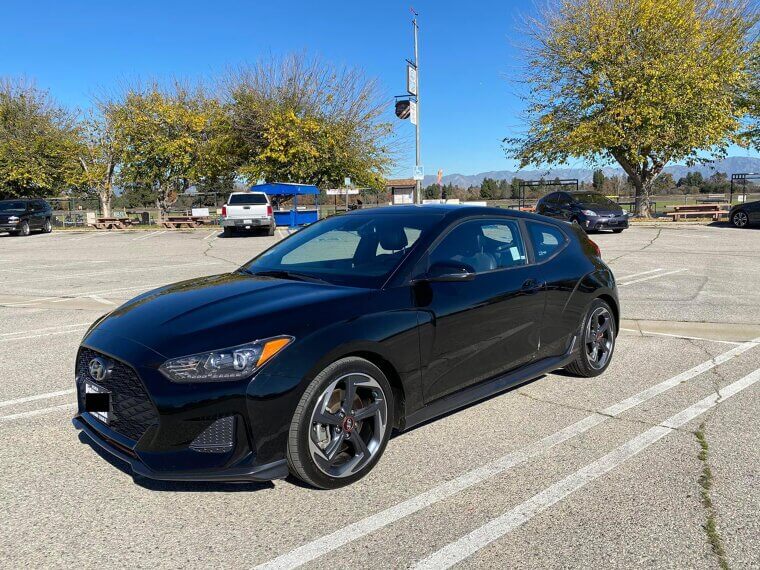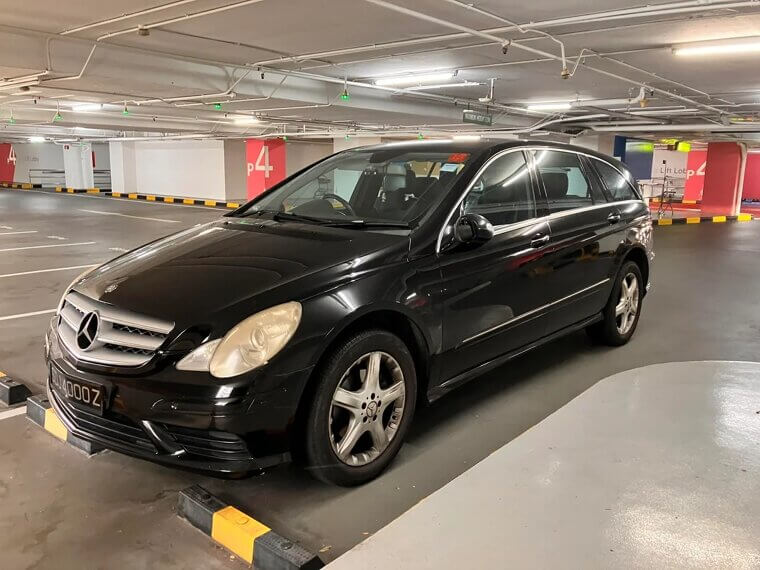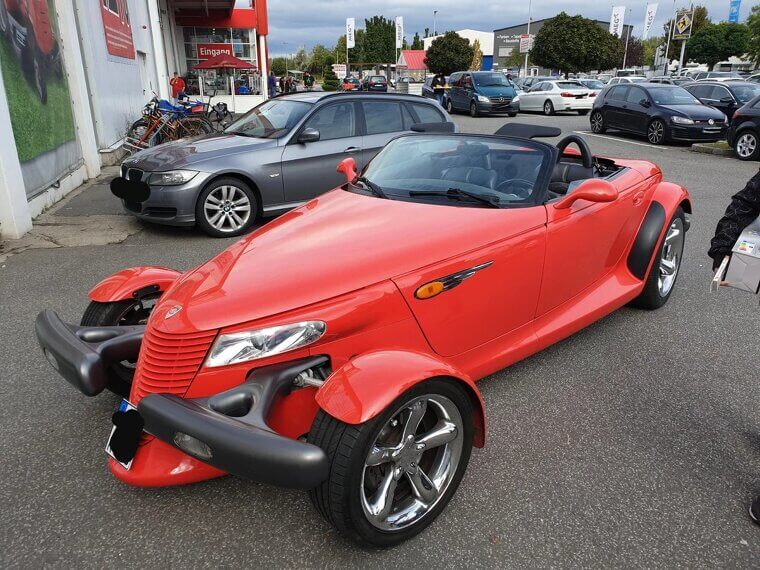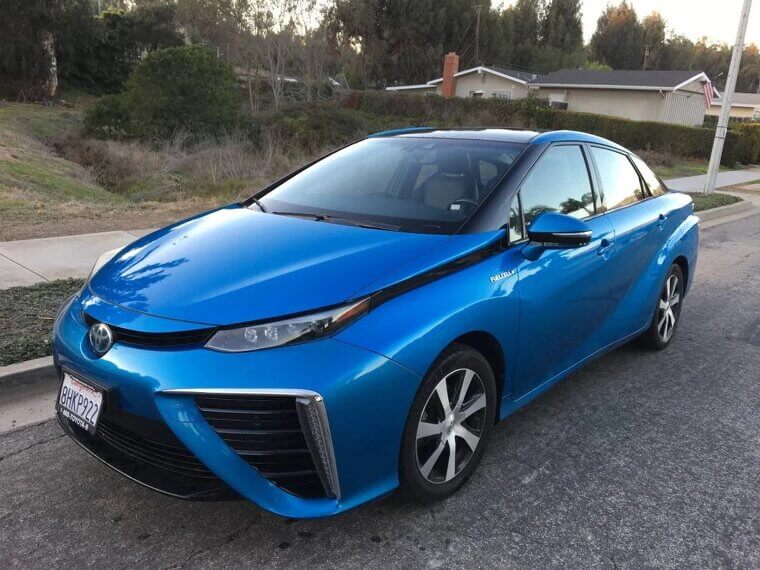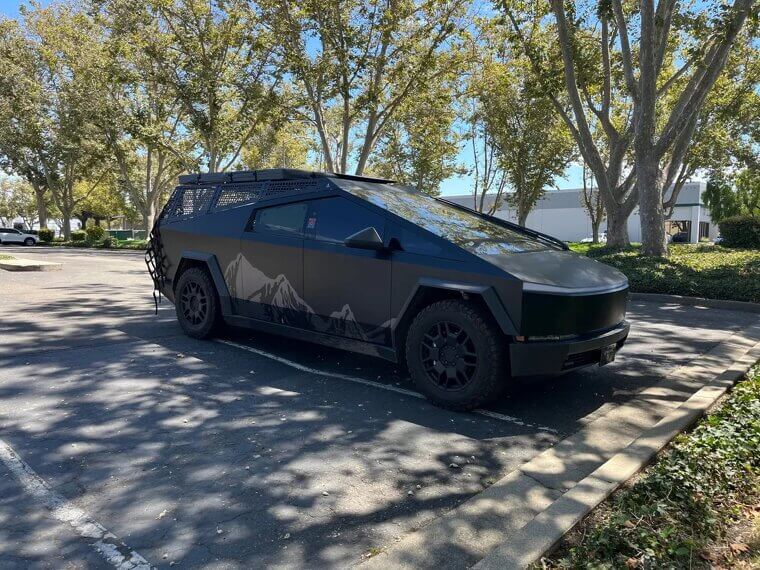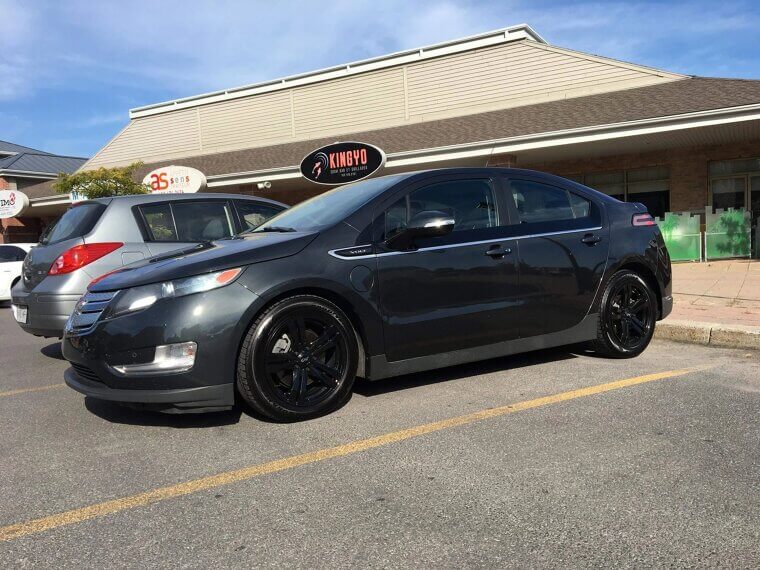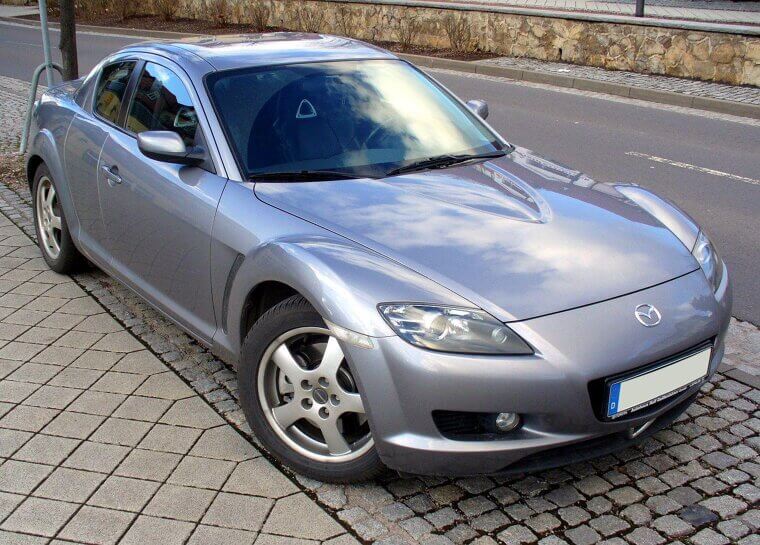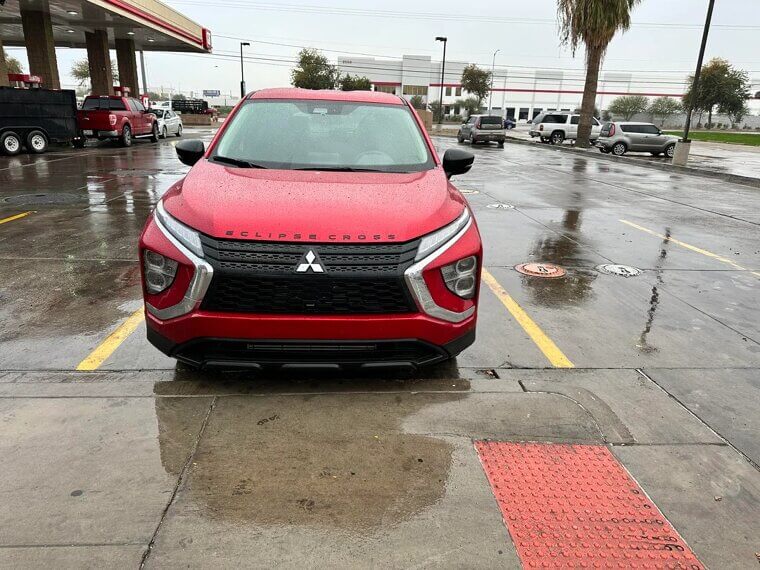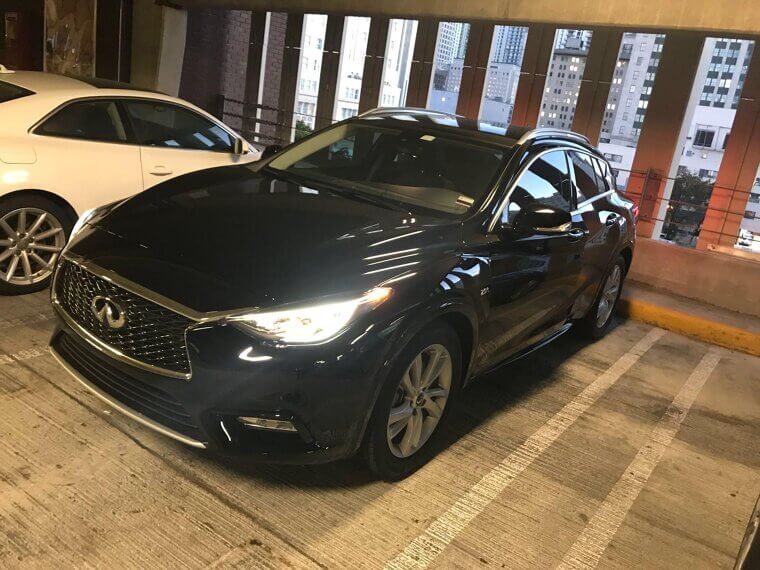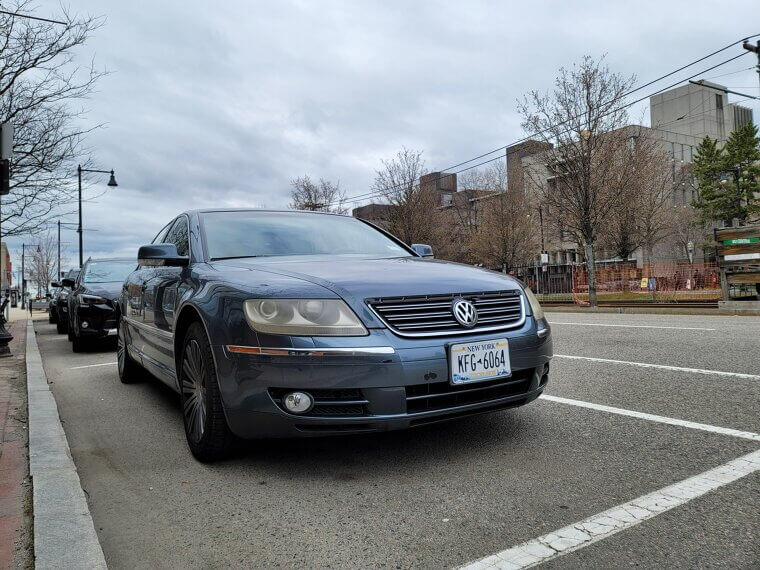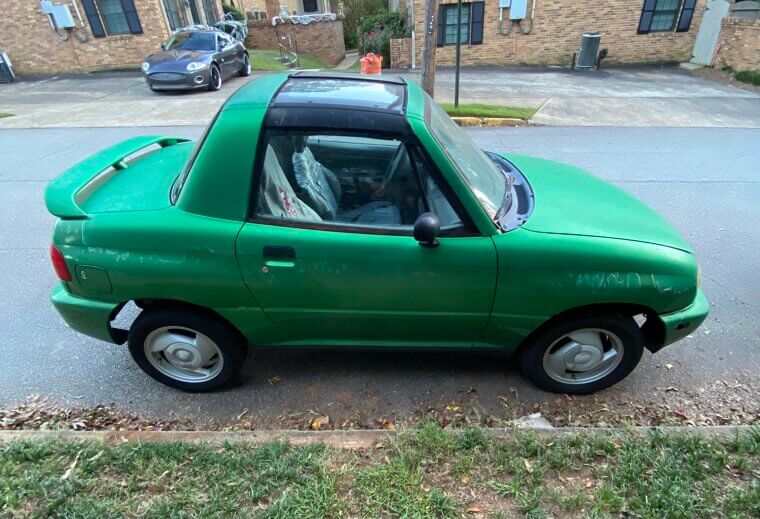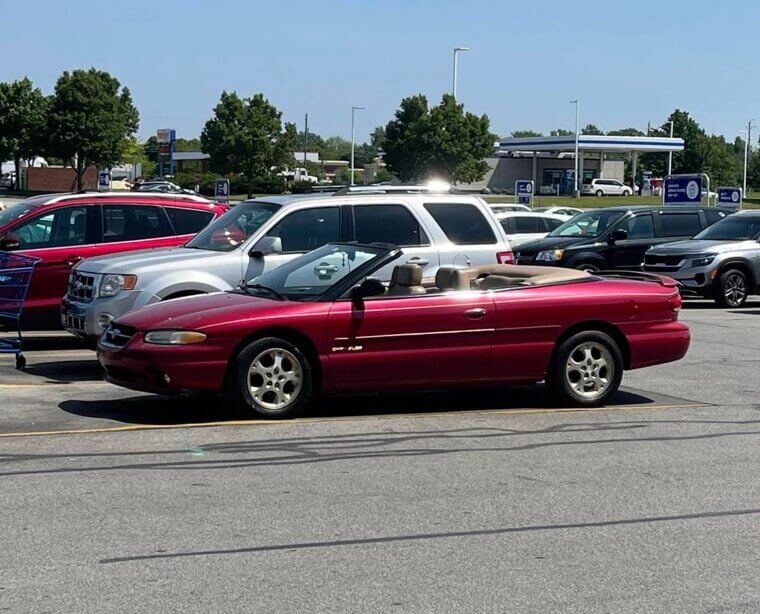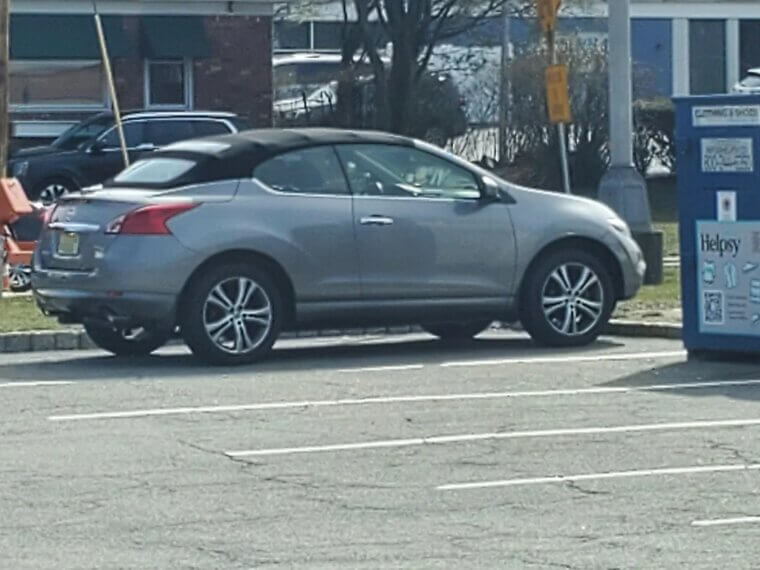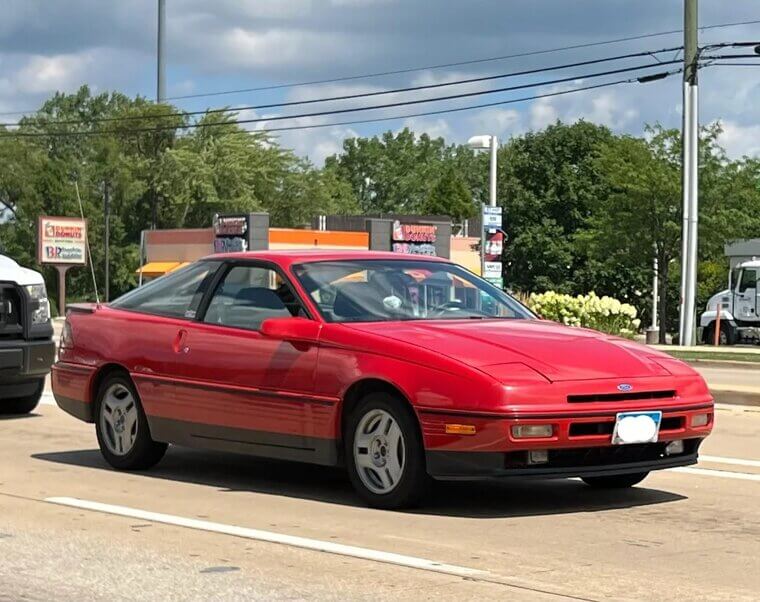Chevrolet SSR
Chevy’s SSR was a blend of pickup and convertible, with some pretty wild and futuristic styling. Drivers wanted a car that was fun and different, but got an experiment that was heavy, impractical, and overpriced instead. Today, it’s seen as one of Chevrolet’s strangest experiments.
Pontiac Azek
The Pontiac Aztek might just be the perfect example of a car that tried to look futuristic but failed. It had a boxy design with a built-in tent and funky features. Sure, it seemed ahead of its time, but it’s now one of the most ridiculed cars ever.
DeLorean DMC-12
The DeLorean looked like something from another planet thanks to its stainless steel body and gullwing doors. It became famous mostly because of its appearance in the Back to the Future movies. In reality, however, it was just slow, overpriced, and unreliable.
Toyota C-HR
Toyota’s C-HR looked like a spaceship on wheels. But the driving experience was far from futuristic. It was underpowered, lacked all-wheel drive, and had cramped seats that made it impractical. Everyone loved the look, but it was all show and no go.
Nissan Cube
The Nissan Cube had a boxy design and some really funky windows. People initially loved its quirkiness, but soon thought it just looked odd and cheap. It also didn’t perform any better than a regular small car, and buyers felt they paid extra for the strange shape.
Chrysler PT Cruiser
The PT Cruiser tried a bit too hard, mixing retro with futuristic elements. The result? A car that confused everyone. It was also slow, cheaply built, and it aged really badly. It became a punchline on the road rather than a cool retro-looking car.
Saturn Ion
Saturn thought putting gauges in the middle of a dashboard would feel fun and futuristic. But, surprise, surprise, it just felt awkward and cheap. The rest of the car wasn’t much better with an uninspired design, weak performance, and poor build quality.
Honda Insight
The first Honda Insight was both visually appealing and technologically advanced. It was one of the earlier hybrids, but it was too small, too underpowered, futuristic, and too expensive. Sure, it was ahead of its time, but it failed to convince people that it was the future of driving.
Cadillac ELR
Sharp angles and sleek styling made the Cadillac ELR look like a spaceship. But it was just a Chevy Volt with a Cadillac badge and a much higher price tag. It was supposed to be futuristic luxury, but ended up being an overpriced failure.
Fisker Karma
The Karma looked stunning. It had futuristic curves and promised eco-friendly fuel consumption. But the tech behind it was unreliable, and the batteries were weak. Sadly, the company went bankrupt shortly after the Karma’s release, proving that looks alone can’t save a car.
Lincoln Blackwood
Lincoln tried something different when it released the Blackwood - a luxury truck from the future. However, like other cars on our list, it fell short significantly. The bed looked fake, had an overly high price tag, and was just impractical. Needless to say, it didn’t last long.
BMW I3
The i3 was BMW’s futuristic, eco-friendly dream. But that tall, narrow design looked like something from a sci-fi movie, and not everyone could see the vision. It was way too overpriced, underwhelming, and stood out for all the wrong reasons.
Pontiac Fiero
Pontiac’s Fiero looked pretty futuristic for the ‘80s. But it just didn’t live up to its promise. Not only did you get a retro-cool car, you also got fire hazards thrown in for good measure. What was supposed to be a futuristic sports car became one of Pontiac’s biggest flops.
Oldsmobile Aurora
The Aurora was meant to be Oldsmobile’s saving grace. It was high-tech for its time, but it never lived up to its promise. Sales were weak, and it quickly became another reminder that looking ahead doesn’t always keep a struggling brand alive.
Subaru SVX
What could be more futuristic than windows-within-windows? Subaru’s SVX had a pretty strange design that didn’t help sales. It was also expensive, unreliable, and impractical. Way too many buyers regretted their choice, and the car’s styling was just too weird and flawed to be a hit.
AMC Pacer
AMC called the Pacer “the car of the future” when it launched. But not everyone liked its bubble-like styling that turned heads for the wrong reasons. It was wide, awkward, and quickly mocked. It became known as one of the strangest cars ever built.
Hyundai Veloster
Hyundai believed that a three-door setup would make the early Veloster feel sporty and look futuristic. Instead, it looked more like a gimmick, and early buyers felt like they’d been sold something that just wasn’t ready to hit the streets anytime soon.
Mercedes-Benz R-Class
The R-Class Merc was meant to be a funky and futuristic mix of minivan, SUV, and luxury car. Spoiler alert: it was none of the above. The styling was way too odd, and the price was too high. Buyers didn’t know what it was supposed to be, and it failed fast.
Plymouth Prowler
Plymouth’s Prowler was a futuristic car that resembled a hot rod with its wild styling and open wheels. But under the hood, it had a weak V6 engine that killed all the fun and made buyers second-guess their purchase. It was a total letdown.
Toyota Mirai
You get people who love the Mirai, and then you get people who just don’t. It was one of the first cars to be released with hydrogen fuel-cell tech and some pretty bold styling. But there were very limited fueling stations available. Futuristic? Yes. Practical? No.
Tesla Cybertruck
The Cybertruck was one of those cars that shocked the world with its incredibly futuristic design. But there were way too many questions about its practicality. It looked like the future of trucks, but too many people thought it was more style than substance.
Chevrolet Volt
The first-generation Volt promised to be the future of hybrid cars. But it was overpriced and very limited in its performance. Oh, and the styling didn’t help either. It looked odd and not nearly as advanced as the tech inside.
Mazda RX-8
The Mazda RX-8 had rear half-doors that looked and felt innovative. But its rotary engine was unreliable and thirsty, making ownership expensive. It was supposed to be a sleek sports car of the future, but it turned into a headache for too many owners.
Mitsubishi Eclipse Cross
The Eclipse Cross tried to revive the sporty name of Mitsubishi’s Eclipse with some new and futuristic styling. Instead, it ended up looking awkward. It had a sloping rear design that killed its practicality, and the performance was just as dull.
Infiniti QX30
Premium branding doesn’t always mean fun and futuristic. And the Infiniti QX30 looked cheap rather than futuristic. It was nothing more than a rebadged Mercedes with reliability issues and a high price tag. Buyers wanted more for a luxury future crossover.
Volkswagen Phaeton
The VW Phaeton is yet another car that tries to be a futuristic luxury car from a mainstream brand. It was advanced, sure, but it was way too expensive for a Volkswagen badge. Buyers didn’t see the point in spending so much.
Saab 900
The last Saab 900 tried to stick to its roots with its unique styling, but it lost its identity under GM’s control. The quality dropped, and Saab fans hated the changes. It was one futuristic and cool, but it became a disappointing farewell for Saab.
Renault Avantime
Renault’s Avantime was futuristic, bold, and strange all at once. It mixed coupe and minivan styling, but that only confused buyers. The sales were terrible, and it became somewhat of a symbol of being a little too far ahead of its time.
Suzuki X-90
The Suzuki X-90 looked more like a futuristic toy car. It had a tiny SUV body and a T-top roof. Sounds cute, right? But it was impractical, underpowered, and odd-looking. Buyers didn’t like the futuristic styling on a car that typically doesn’t sell well.
Honda Clarity
Honda’s Clarity was a mix of hydrogen fuel-cell, plug-in hybrid, and electric models. But not even these features saved it from awkward styling. And the high price kept most buyers away. The tech was ahead of its time, but the looks didn’t win anyone over.
Chrysler Sebring
Certain model years of the Chrysler Sebring looked futuristic, but not in a good way. The design was way too clunky and cheap-looking, and the performance didn’t match the styling. It aged quickly and just didn’t feel special, especially for the price.
Dodge Neon
The Dodge Neon had a “Hi” face with big headlights that gave it a futuristic but cheap look. It was meant to appeal to younger buyers, but the poor build quality and reliability dragged it down. The futuristic look just didn’t make up for its flaws.
Smart ForTwo
Smart’s ForTwo was one of the most futuristic-looking cars of the late ‘90s. It was tiny, efficient, and city-friendly. But in the U.S., it was just too small, too slow, and felt unsafe. It didn’t work for American roads, and buyers regretted chasing its futuristic dream.
Nissan Murano CrossCabriolet
The Murano CrossCabriolet was a convertible SUV that looked a bit too futuristic for most people. It was also heavy, awkward on the road, and very expensive. Those who bought one regretted owning it, and many couldn’t wait to get rid of it.
Ford Probe
The Probe was intended to replace the Mustang and usher in a new era of futuristic sports cars. Instead, it was bland, underpowered, and never really had any fans. It failed to live up to the hype and proved that not every new car is worth chasing.

